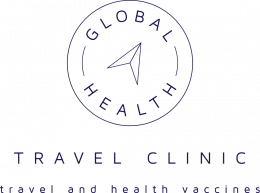Summer and the sun is here, so whether you chose staycation or travel abroad beware.
Did you know, people are getting less than half the sun protection they expect from suntan lotions, according to research?
But the problem isn’t the lotion, it’s our slapdash application of it, King’s College London scientists say.
In theory, using sun protection factor (SPF) 15 sunscreen should be enough to stop sun damage.
But in reality, people need SPF 30 or 50 to be safe, say the study authors, who carried out experiments with volunteers in their lab.
Factor 50 lotion applied in the typical way would, at best, provide 40% of the expected protection, lead researcher Prof Anthony Young says.
Consider the following;
- There are essentially 2 types of Ultraviolet radiation in sunlight. Both can cause skin cancer. UVA is associated with Aging, UVA is associated with burning. Both cause skin damage. You may hear of UVC, but this is entirely filtered out by the earth’s atmosphere.
- UVA and UVB levels are the highest between 11am and 3pm. Minimise exposure during this time.
- World UV app gives real time information on daily UV levels in 10,000 locations around the world
- The UVA star system is guide to protection against UVA radiation.
- SPF or Sun Protection Factor is a guide to protection against UVB, it is not a measure of protection against UVA.
- UVA star system is 1-5 stars. One star will give 20-40% absorption. Five stars will give 90-100% absorption.
- SPF has ratings from SPF2 to SPF100. SPF 2 blocks 50% of UVB and SPF100 blocks 99% of UVB. But beware SPF30 blocks 97%. So, above SPF30 protection increases minimally.
- There are essentially 2 types of sunscreen. ‘Chemical’ absorb UV radiation and convert it to heat, examples include octisalate. ‘Mineral’ reflect and scatter UV radiation. Examples include zinc oxide and titanium oxide.
- Apply sunscreens 15-30 minutes before exposure to the sun.
- Apply and apply again. Most people do not apply sufficient quantities of sunscreen. The amount of sunscreen for an average adult body is 35ml. Apply every 2 hours or immediately after swimming, perspiration.
- ‘Water resistant’ maintains protection for 40 minutes of moderate activity in water, but this can be reduced dramatically if towel dried! So, re apply on each occasion.
- Keep babies and young children out of direct sunlight.
- Many diseases are transmitted by insect bites whilst on holiday. Bite prevention strategies are key to prevent many diseases including malaria. It is key that any application of insect repellent takes place after sun cream has been applied.
To see more information visit BBC news at https://www.bbc.com/news/health-44936124

